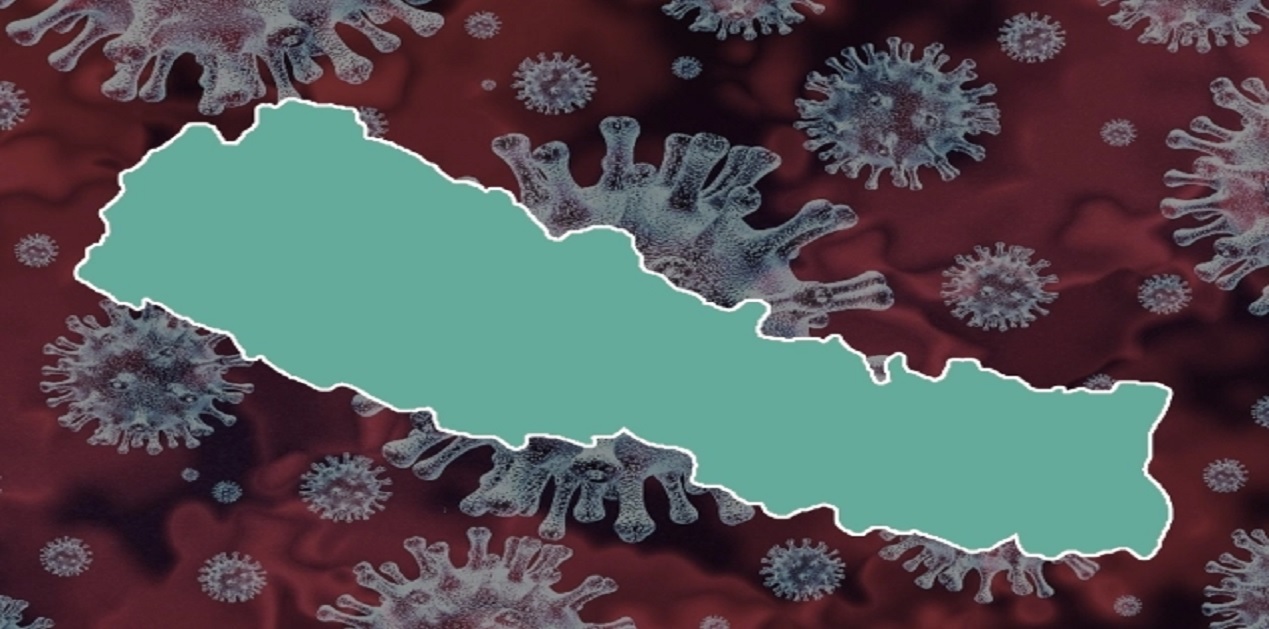There is hardly any country in the world that is not affected by COVID-19 pandemic. However, the impacts of the pandemic are not uniform. Whereas its impact was more lethal in some countries in terms of both morbidity and mortality; in others, its impact was less pronounced. A few countries were successful in controlling this pandemic due to the adoption of appropriate strategies, but many others suffered heavily as they failed to take effective measures to curb this. Given the negative impact of the pandemic on the global economy, many countries of the world have now started adopting measures to revive their economies.
On account of COVID-19, the world has been experiencing the worst form recession since the Great Depression of 1929. As much as 81 per cent of the global workforce of 3.3 billion is fully or partially affected by this pandemic both in the developed and developing countries. Also, global growth in 2020 is projected to decline to -3 per cent. Economic growth in South Asia is projected to fall to the level of 1.8 to 2.8 per cent in 2020, down from the earlier projections of 6.3 per cent. In 2020, the rate of economic growth is likely to fall to 1.9 per cent in India and 1.2 per cent in China.
In Nepal, the rate of economic growth is projected to fall to 1.5 per cent in 2020. Each day, Nepal is incurring an economic loss of US $ 11.58 million (NRs. 10 billion) on account of COVID-19. This is because all important sectors of the national economy have been hit hard due to this pandemic. Receipts from the tourism sector are projected to fall by 60 per cent, resulting in loss of US $44 million in 2020.
The havoc of COVID-19 pandemic is getting worse in Nepal as compared to its neighbouring country - India. In India, the COVID -19 cases dropped to almost half from its peak in September, but in Nepal, such cases are peaking up fast.
In contrast, there were only two COVID-19 cases in Nepal until March 24 when the nationwide lockdown was imposed. But there has been an unprecedented increase in the number of COVID-19 cases in the country after the unlocking of lockdown began from September 17. Till November 25, there were 226,026 coronavirus cases in the country; while the number of fatalities from this disease reached 1,389. Today, Kathmandu Valley in Nepal has been worst affected by the pandemic.
Just after the outbreak of coronavirus, 280,000 migrant workers have lost their jobs. As such, the remittance that fetches revenue almost one-fourth of the total GDP of the country is projected to decline from 8.2 billion in 2019 to the US $ 7.4 billion in 2020.
Moreover, the agricultural sector that generates massive employment opportunities has been hit hard by the COVID-19 pandemic as the farmers could not get chemical fertilizers and pesticides in time. Many of the large- and small-scale industries are also closed because of labour shortage and also due to the difficulty in getting adequate raw materials. On top of all this, there is inadequate demand for goods and services in the country as the income of the people has been severely affected.
For the economic recovery, the Nepal government allocated NRs. 150 billion, which is 5 per cent of the GDP (NRs. 160 is equivalent to IRs. 100). Also, the government allocated NRs. 20 billion for the creation of 600,000 jobs. Under the Prime Minister Employment Programme, additional NRs. 11.60 billion was earmarked for creating 200,000 jobs. Similarly, under the Poverty alleviation Fund, 150,000 jobs were to be created. Additionally, provision was made to provide skills training to 75,000 people to enable them to get jobs in the market.
However, no significant effort has been made so far to generate employment opportunities as the political leaders of the country are engaged in internal power tussle. They don’t have enough time to meet their commitment to creating jobs. As such, there has been gradual erosion in the income and wealth of the common people, which is well reflected from the fact that even during the festive seasons like Dasain and Tihar, there was no significant sale of goods in the domestic market.
What is needed most at the current juncture is to raise the demand for goods and services as the country is trilling under serious recession. For this, the federal, provincial and local governments need to spend more and more on infrastructure development such as on the road construction, irrigation and other such activities to create more jobs for the people to increase their income.
Additionally, the 753 local governments need to wave or reduce the taxes that they have imposed on the people. Under the federal structure, the local bodies imposed heavy land tax, housing tax and several other taxes on the people to mobilize additional resources for the development. But it was found that there was a gross misuse of resources that the local units have raised.
Since the COVID-19 is not going to end any time soon, the 761 governments running at the federal, provincial and local governments need totake effective measure to control this pandemic one the one hand and to launch programmes to revive the economy on the other. For this, it is quintessential to raise demands for goods in the market for which employment opportunities would have to be generated on a war footing. If the government does not have any sound plans and programmes for employment generation, what it could do is just to engage people in digging soil and then filling it. At the same time, all these governments also need to reduce, if not abolish, the taxes to allow the income of the people to increase.
Additionally, in our neighbourhood, India has huge experience in re-distribution of wealth, generating employment opportunities, direct transfer of funds to the accounts of the farmers, increase in the wages of the labourers, and supporting the weaker sections of the society like the senior citizens, widows and disabled. Commendable efforts have also been made in this country for increasing the amount of collateral-free loansto the entrepreneurs and provide medical insurance to many of the citizens. India’s experience on some of these fronts could prove highly useful to Nepal in this COVID-19 period not only to pump additional resources in labour-intensive activities but also to infuse expendable money into the hands of the people to generate market activities and thereby revive the economy.
(The paper is the author’s individual scholastic articulation. The author certifies that the article/paper is original in content, unpublished and it has not been submitted for publication/web upload elsewhere, and that the facts and figures quoted are duly referenced, as needed, and are believed to be correct). (The paper does not necessarily represent the organisational stance... More >>
Image Source: https://images.assettype.com/swarajya%2F2020-03%2F6bc17879-90f7-454d-b7c9-ec628a9d09b6%2FCoronavirus_Nepal1.png?w=640&q=75&auto=format%2Ccompress










Post new comment